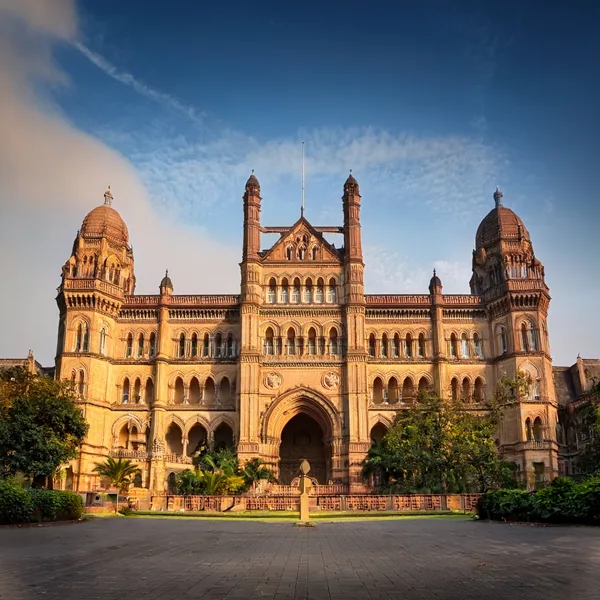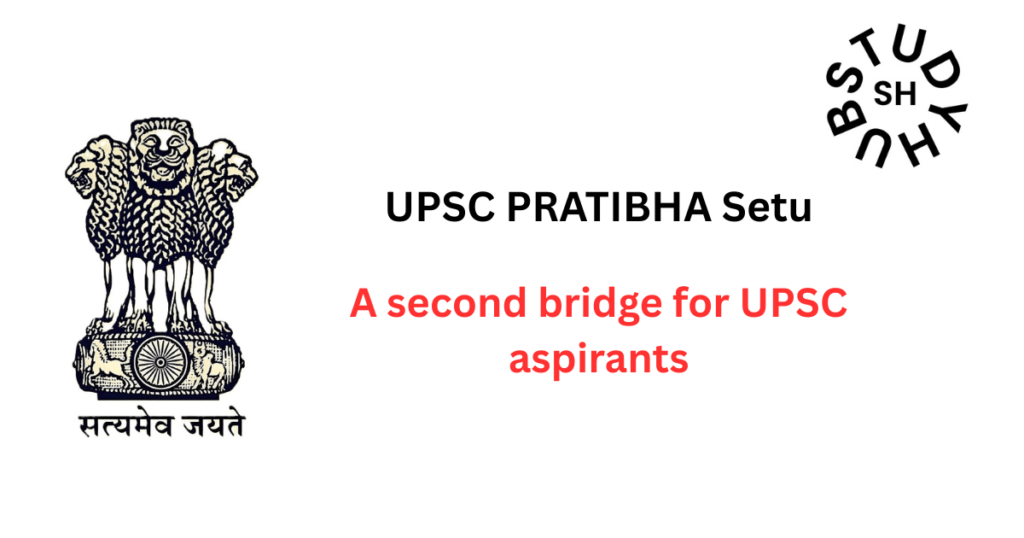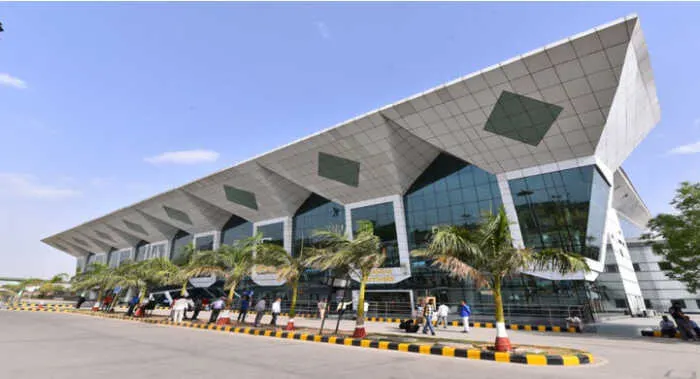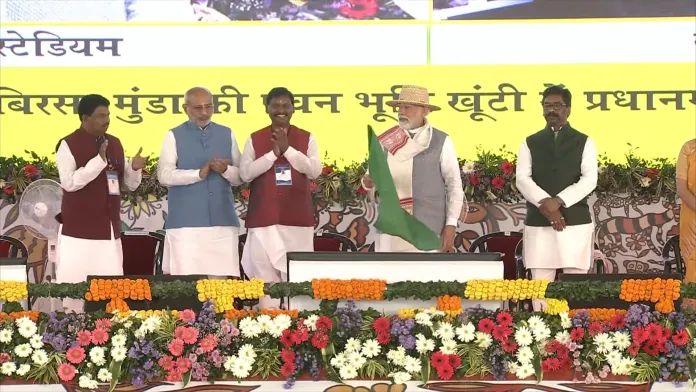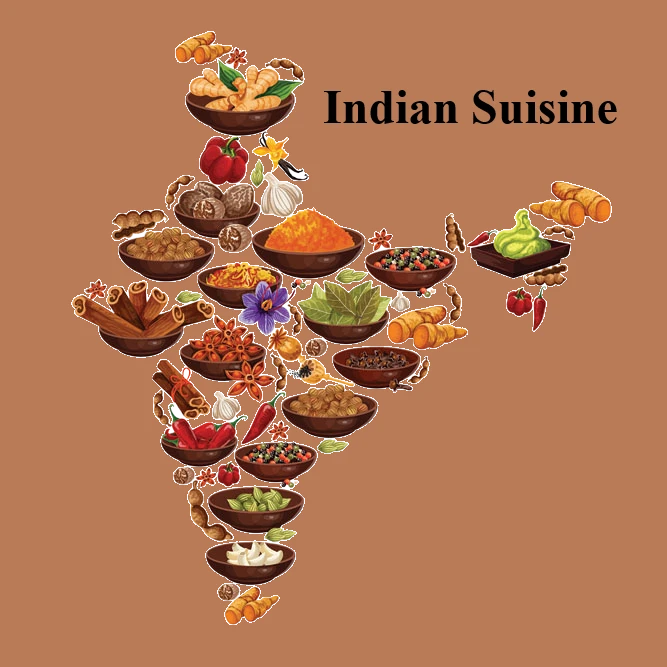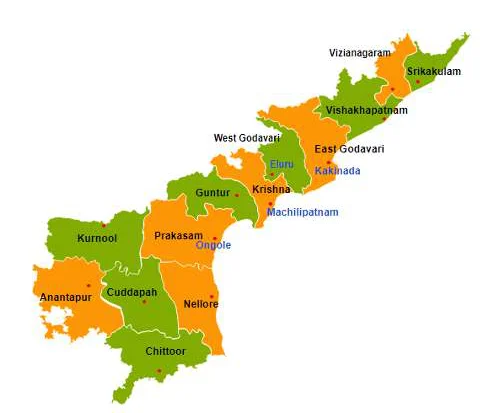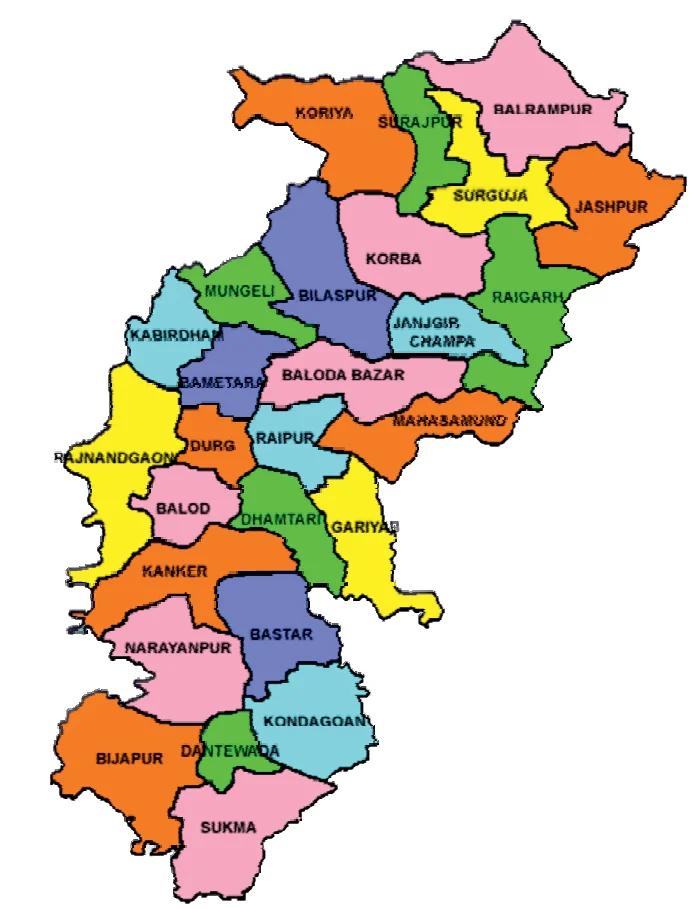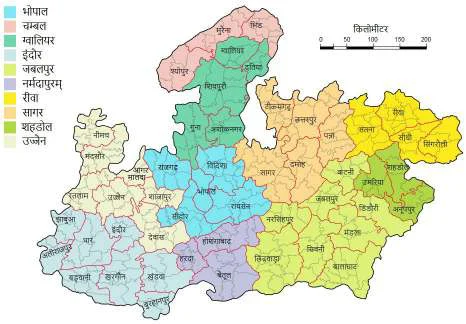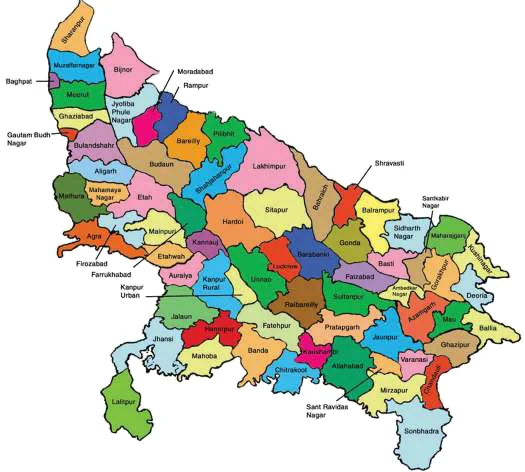Maharana Pratap Jayanti In India Maharana Pratap Jayanti is a day of great pride and reverence in India. It celebrates the birth anniversary of Maharana Pratap, a legendary Rajput king. Known for his valor and leadership, Maharana Pratap is a symbol of resistance against foreign rule. In 2025, this significant day will be observed on May 9th. The celebration is not just a remembrance of his birth but a tribute to his enduring legacy. Maharana Pratap’s life and achievements continue to inspire generations. His story is a testament to courage, honor, and the indomitable spirit of the Rajput community. Maharana Pratap Jayanti is a time to reflect on these values and celebrate the rich cultural heritage of India. What is Maharana Pratap Jayanti? Maharana Pratap Jayanti commemorates the birth of one of India’s most revered warriors, Maharana Pratap. Celebrated enthusiastically, it honors his life and unwavering commitment to freedom. People observe this day with ceremonies and reflections. This annual occasion holds particular significance in Rajasthan, where Maharana Pratap was a legendary king of Mewar. His story is celebrated for his resistance against Mughal rule. It exemplifies the Rajput spirit and pride, reflecting dignity and resilience. Celebrations typically include: This day is both a tribute to Maharana Pratap’s legacy and an inspiration to uphold his values of courage and honor. Maharana Pratap Jayanti 2025: Date and Significance Maharana Pratap Jayanti is observed according to the Hindu calendar. In 2025, it falls on May 9th, marking the 485th anniversary of his birth. This date is significant, as it aligns with his actual birth date, creating a special occasion for his admirers. The celebration commemorates Maharana Pratap’s enduring spirit and unparalleled bravery. His legacy is a symbol of resistance and the fight for sovereignty. This day serves to remind the Rajput community and others of his unwavering dedication to his kingdom. Key aspects of its significance include: Educational institutions often use this day to teach students about his life and sacrifices. Maharana Pratap Jayanti thus reinforces historical awareness and pride. The celebrations foster a sense of identity among Indians, particularly the Rajputs, who take immense pride in his legacy. Maharana Pratap: A Glimpse into Pratap History Maharana Pratap was the 13th king of Mewar, a region known for its courage and cultural heritage. Born in 1540, he rose to prominence during a time of political turmoil. His unwavering stand against the Mughal Empire set him apart as a fearless leader. His reign from 1572 to 1597 was marked by a relentless quest for independence. Maharana Pratap did not bow to Mughal authority, even when offered lucrative deals. His steadfast commitment to his land defined his rule and remains an inspiration. Notably, Maharana Pratap’s defense of Mewar is integral to Indian history. His battle tactics, particularly guerrilla warfare, are studied even today. Pratap’s story is woven with notable incidents that highlight his resilience. Key elements from Pratap history include: Throughout his life, Maharana Pratap remained dedicated to preserving the sovereignty of his kingdom. His legendary horse, Chetak, is celebrated for its courage, embodying Rajput valor. Maharana Pratap’s history is a powerful narrative of resistance, perseverance, and honor. Early Life and Birth of Maharana Pratap Maharana Pratap was born on May 9, 1540, in Kumbhalgarh, Rajasthan. His birth marked the beginning of a legacy entwined with bravery and honor. He was the eldest son of Maharana Udai Singh II and Maharani Jaiwanta Bai. Growing up in the rugged hills of Mewar, Pratap learned the values of courage and duty early on. His childhood was filled with tales of valor that shaped his fierce spirit. These stories forged his commitment to his people and culture. Pratap’s upbringing was deeply influenced by Rajput traditions and their storied past. These cultural roots instilled in him the strength to stand resolute against great odds. His early years set the foundation for a life dedicated to his homeland. The Battle of Haldighati and Rajput Pride The Battle of Haldighati stands as a symbol of courage and tenacity. It took place on June 18, 1576, as part of the struggle between Maharana Pratap and the Mughal Empire. This fierce battle underscored the indomitable Rajput spirit. Maharana Pratap led his troops with unwavering resolve. Despite being outnumbered, his strategic prowess kept the Mughal forces at bay for hours. His favorite horse, Chetak, became legendary for its loyalty and valor during the battle. This battle, although ending without a decisive victory, showcased the unyielding resistance of the Rajputs. It instilled a sense of pride and identity among the Rajput clans. The outcome only fueled Pratap’s determination to regain his lost territories. The legacy of Haldighati resonates with Indians, celebrating the fierce spirit of those who fought for their land and values. Maharana Pratap’s Legacy and Achievements Maharana Pratap’s legacy is rich with tales of bravery and steadfastness. He was a beacon of hope for those under foreign domination. His efforts ensured that Mewar retained its autonomy despite the growing Mughal influence. One of his notable achievements was his adept use of guerrilla warfare. These tactics allowed him to strike the Mughals effectively. His strategies are studied by military historians even today. They emphasize innovation and adaptability. Maharana Pratap’s reign from 1572 to 1597 was marked by resilience. His refusal to bow to Emperor Akbar was legendary. His principled stance inspired generations to fight for their beliefs and land. The Rajput pride associated with his story is revered across India. Maharana Pratap left a lasting impression, shaping cultural narratives and embodying the enduring fight for sovereignty. His achievements continue to inspire both leaders and common folk alike. Celebrations and Rituals on Maharana Pratap Jayanti Maharana Pratap Jayanti is observed with much zeal across Rajasthan and India. It is an opportunity to honor a hero’s legacy. Communities come together to recall and celebrate his life and struggles. Ceremonies typically include cultural programs, where folk music and dance bring history to life. These performances often narrate the stories of bravery and resilience. Educational institutions organize events to teach students about Maharana Pratap’s values. Public speeches and processions also form a part of the celebrations. These activities serve to reinforce the cultural significance of Maharana Pratap. The Jayanti is a day of Rajput pride and communal unity. In private spaces, families may conduct small ceremonies. They share stories of Maharana Pratap around the dinner table. This day ensures his spirit remains alive in the hearts of the people. Maharana Pratap in Indian Culture and Folklore Maharana Pratap’s life has woven itself deeply into Indian culture. His tales of bravery are shared across generations. These stories inspire countless people to value honor and courage. Folklore celebrates his valor through songs and dances. These artistic expressions highlight the struggles he faced against powerful adversaries. Communities in Rajasthan, especially, keep these traditions vibrant and alive. Maharana Pratap is depicted as a legendary hero in various forms of art. His life is celebrated in literature and popular culture. His enduring tale remains a source of pride and cultural identity. Inspirational Lessons from Maharana Pratap’s Life Maharana Pratap’s life is a treasure trove of lessons for all. His unwavering resolve teaches the value of standing firm for one’s beliefs. His refusal to submit to tyranny highlights the power of true leadership. Maharana Pratap’s perseverance against adversity showcases the importance of resilience. From his life, we learn the essence of commitment and dedication. His story inspires future generations to hold dear their values and fight for justice. Famous Monuments and Memorials Dedicated to Maharana Pratap Maharana Pratap is honored through various monuments and memorials across India. These sites remind us of his valor and legacy. One notable place is the Maharana Pratap Memorial in Udaipur. This memorial features a majestic statue of Maharana Pratap on his horse, Chetak. Other important sites include: Each of these sites stands testament to Maharana Pratap’s enduring influence on Indian history and culture. Maharana Pratap Jayanti: Quotes and Wishes On Maharana Pratap Jayanti, people express admiration through quotes and wishes. These words honor his strength and wisdom. Some popular quotes and wishes include:



